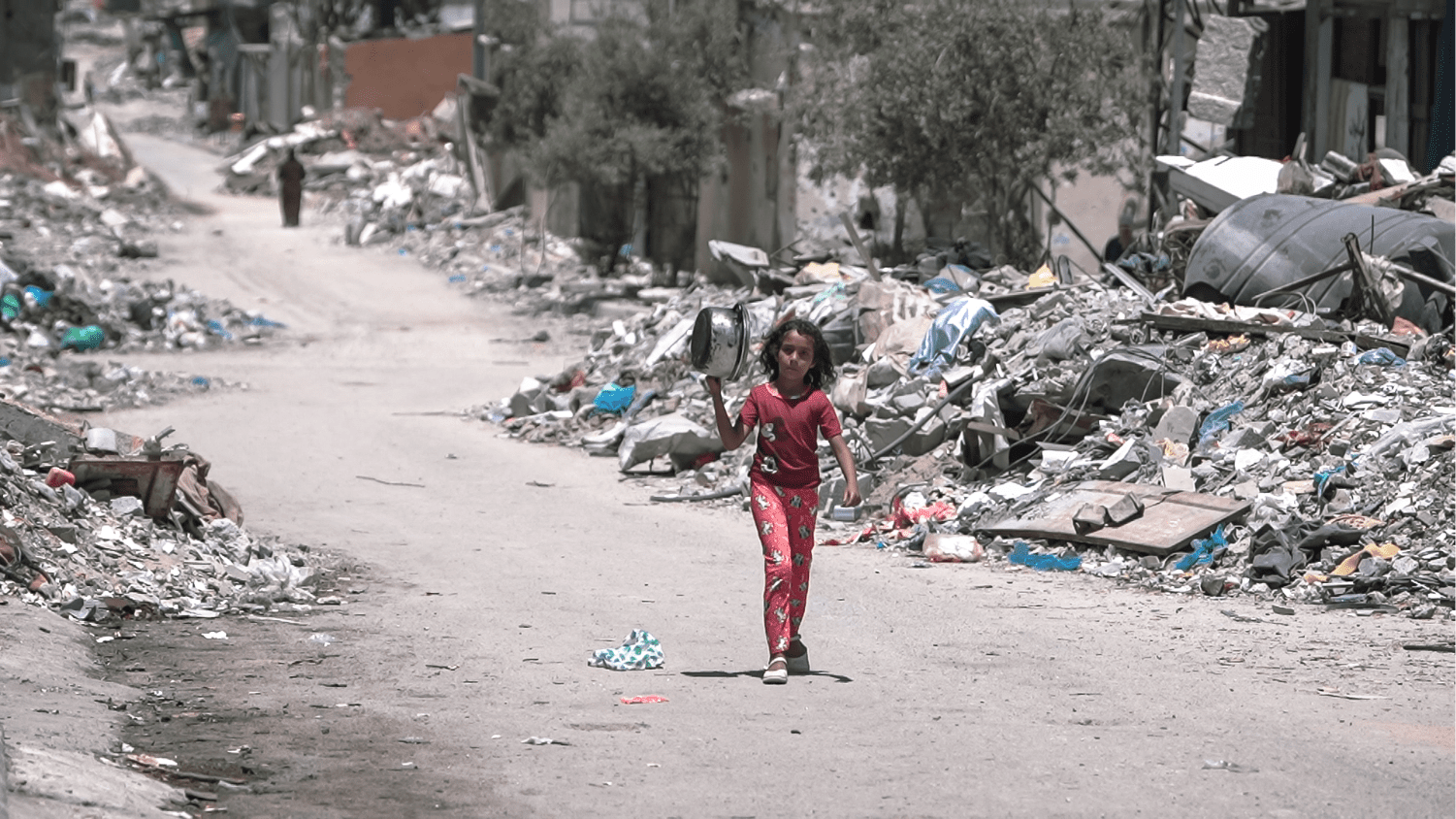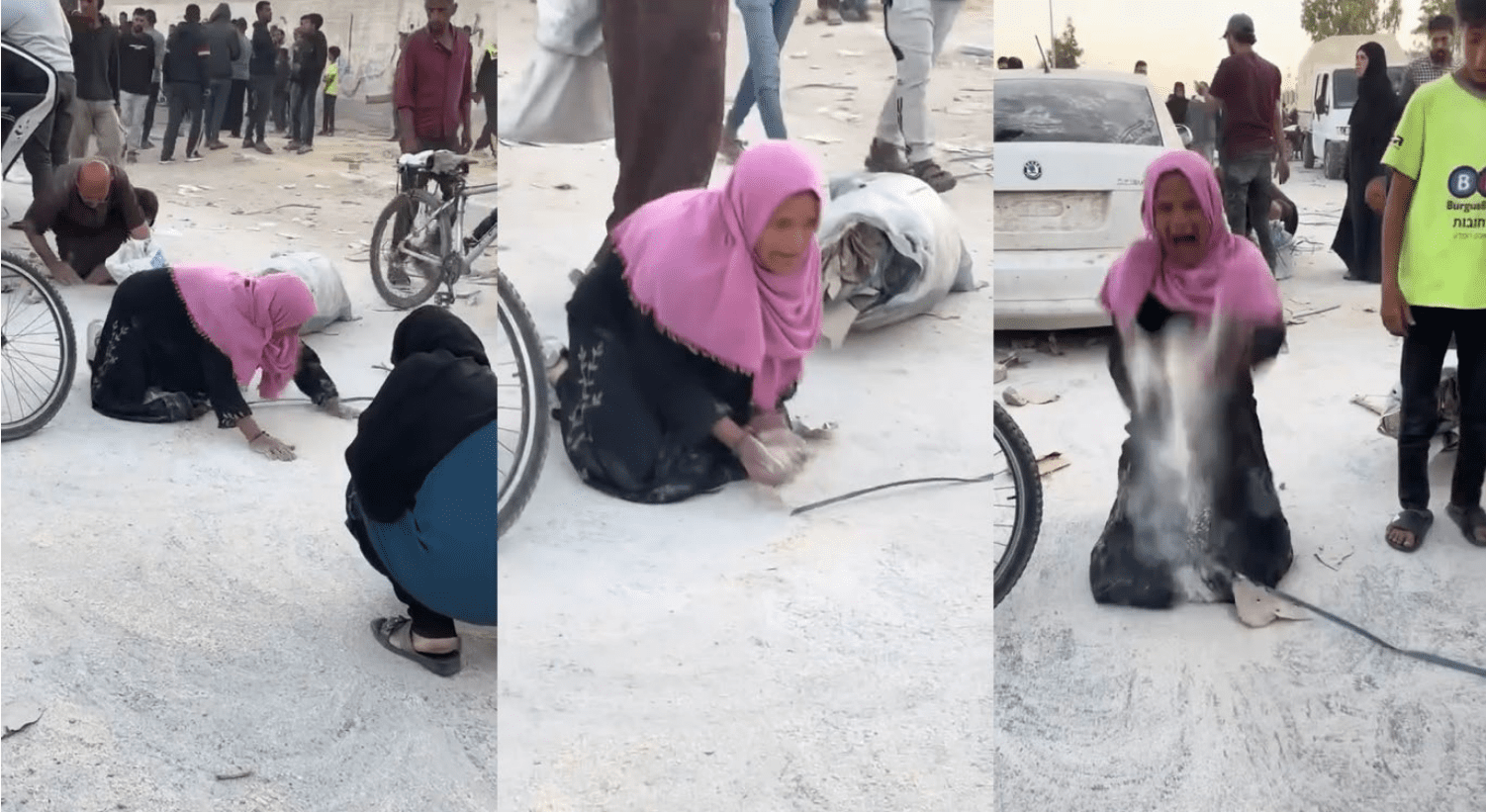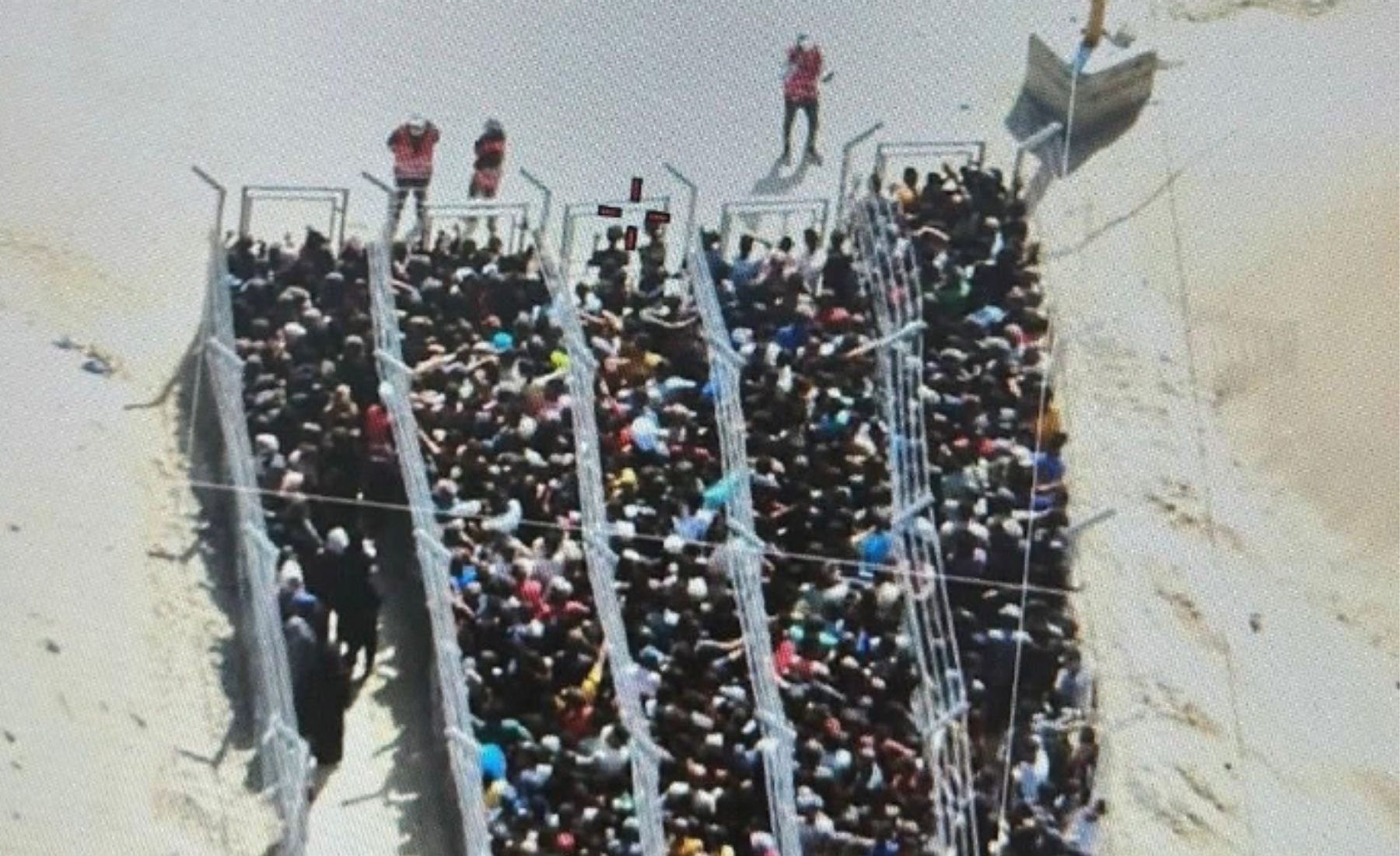Since the ceasefire declaration in Gaza, the Gaza Humanitarian Foundation (GHF), a joint venture in militarized aid between Israel and the United States, appears to be shutting down its operations. The group’s aid distribution points have been described as death traps where aid seekers are forced to run a deadly gantlet to obtain food. Approximately 2,300 people have been killed since the GHF started its operations in May amid the ongoing famine.
Whether the turn towards militarized aid is over is an open question. Israel continues to delay or deny access for humanitarian delivery trucks, preventing the level of aid needed from entering the strip to stop the man-made famine. This signals that despite the ceasefire, the weaponization of humanitarian aid is still in play and will continue to be a pillar of Israel’s strategy.
Was the GHF a complete departure from the conventional aid system or an escalation of its worst tendencies? While it operated outside of the traditional UN-centered humanitarian system, the GHF built on a long tradition of conflict actors instrumentalizing aid to serve their purposes. More specifically, it built on a history of counterterrorism (CT) restrictions that enable civilians to be construed as enemies and therefore become acceptable targets for military action and denial of assistance. These restrictions help to create aid narratives that can be used to justify the deprivation of an entire population, as is apparent in Gaza today.
The War on Terror, the creep of counterterrorism restrictions, and binary advocacy
In the post 9/11 era, emergency aid funding increasingly followed conflicts on the front lines of the Global War on Terror (GWOT) and the humanitarian catastrophes that erupted in their wake. Instead of a blanket prohibition, agencies were increasingly pressured by aid donor governments—led by the US—to adopt measures to keep aid from reaching designated terrorist groups and those deemed to be their supporters. These restrictions limit who receives aid, the types of aid that can be provided, and how it can be delivered. Common CT measures include vetting and background checks on local organizations who receive aid funding by running their names against federal databases, triggering false positives and causing delays. Sanctions created further complications by driving risk aversion among banks who were wary of the possibility that funding aid groups could be considered providing “material support” to designated terrorist groups.
CT restrictions violate common humanitarian principles and prevent lifesaving aid from reaching the people who need it most. In Somalia in 2011, the fear of violating sanctions and ambiguous signals from donors prevented aid agencies from acting fast enough to prevent a famine that claimed 258,000 lives. Principled aid was thus eroded throughout the GWOT era as aid agencies accepted some level of restriction as the new normal.
For a long time, the debate within the aid world on CT restrictions centered on “how far is too far”. Advocates focused on creating humanitarian carveouts, allowing aid to continue under sanctions regimes and de-risking aid financing for banks. UN Security Council Resolution 2664 was the crowning achievement of years of advocacy efforts to reverse the trend and allow aid agencies more “humanitarian space” from which to operate. However, 2664 has yet to be fully implemented, and given the global aid implosion, it is hard to imagine a world where either the funding or political will exists to make it a priority.
Counterterrorism and the threat of humanitarian surveillance
Against this backdrop of increasing restrictions, individual beneficiary screening—the practice of identifying and excluding individual aid recipients—was considered a red line that couldn’t be crossed. Advocates feared that CT restrictions could lead to a dystopian era of aid-as-surveillance through beneficiary screening. Aid agencies became increasingly worried about being conflated with conflict actors and misused as intelligence providers—the use of a polio vaccination campaign to capture Osama Bin Laden being a prime example—and CT restrictions were seen as an extension of this trend. However, the individual screening line was rarely crossed, with some important exceptions: namely, in Afghanistan and the Occupied Palestinian Territory, where aid agencies were required to vet individual recipients’ names against a US terrorist database. But perhaps the most severe violation of this red line was the Lake Chad Basin Clause (LCBC) in Northeastern Nigeria.
The LCBC was first rolled out in USAID Bureau of Humanitarian Assistance awards in May 2017. Unlike the measures in Palestine and Afghanistan—which only kept assistance from reaching individual people if their names generated a “hit” against the database—the LCBC targeted an entire population on the basis that they may have had contact with a designated group (Boko Haram). Notably, the clause required USAID’s prior approval before aid was provided to anyone known to be “formerly affiliated” with Boko Haram, including civilians who were forced to live under Boko Haram—even people who had been kidnapped.
Counterterrorism and the crafting of aid narratives
In this respect, the LCBC highlights a second consequence of CT restrictions: the significant power they afford conflict actors to redefine conflicts to their advantage. The LCBC unambiguously aligned aid actors with the Nigerian government in its campaign against Boko Haram. It created an entirely new category of people by excluding designated civilians from the system of aid distribution that was based around garrison towns. By complying, aid agencies inadvertently legitimized the Nigerian government’s starvation strategy against everyone beyond the garrison towns. As it became clear that using aid restrictions was extremely effective for controlling population movement, other conflict actors began using their own aid definitions and restrictions as well to target civilians in different ways.
Fast forward to the GHF and the hellish landscape of Gaza in 2025. With its use of private military contractors and open killing of civilians, the GHF abandoned any veneer of being independent, neutral, impartial, or motivated by the humanitarian imperative. But what was remarkable about the GHF was that it flipped the script on surveillance fears. Although there were early expectations that the GHF would take the form of intrusive, individualized “surveillance humanitarianism”, the group paid little attention to the identity of its recipients. Within days of its opening, it was apparent that much of its rations were being taken by merchants and gangsters, not beneficiaries selected on the basis of their need.
This poses a puzzle: the stated rationale for the GHF was that UN aid was allegedly being stolen, and the GHF would avoid that. The reverse happened. Instead of attempting to use aid targeting mechanisms to filter out terrorists from civilians, the GHF appeared to operate on the assumption that civilians and terrorists were indistinguishable from one another. The GHF model followed in the LCBC’s footsteps by weaponizing an aid narrative against civilians, but it dropped the need for restrictive targeting. You don’t need CT restrictions if everyone is already a “terrorist”. There is no need to draw lines around who does or doesn’t receive aid if “civilians” don’t exist. There is no need to treat aid recipients with dignity and respect if they all carry the stigma of being “human animals”, responsible for atrocities. This premise is consistent with the IDF’s disregard for civilian protections and Israeli public opinion that there are “no innocents” in Gaza.
Fears of surveillance humanitarianism may yet come to pass in Gaza as part of the overall architecture of genocide. The GHF may take on another role in due course, as the group gives ambiguous statements that leave the door open for possible future operations. But the echo with the LCBC and other restrictions that we’ve seen thus far is with the dehumanizing narratives that they create. The CT designations of certain groups as criminals set a precedent that enables a genocidal aid narrative in Gaza today.
What can humanitarians do?
The LCBC is also a cautionary tale about the failure of humanitarian advocacy. We can imagine an alternate history where humanitarians joined together and resisted the creeping wave of CT restrictions outright instead of attempting to draw lines in the sand (indeed, there is ample evidence to suggest aid advocates had more room to push back than they did). The way advocacy is framed matters not only for its intended outcomes but also through its implied concessions. Many aid advocates rued their decision to cooperate with the LCBC and the Nigerian government’s counterinsurgency strategy, sensing that it would lead to unforetold consequences for principled aid down the road.
The original purpose of humanitarian aid was to care for soldiers wounded on the battlefield. We couldn’t be farther from that ideal than we are right now. But there is another path in sight: with the dismantling of US foreign aid programming, the age of USAID-mandated counterterrorism CT restrictions is over. For better or for worse, aid agencies are no longer beholden to the US-driven aid agenda. The UN-backed aid system and its traditional actors have admirably stood their ground in refusing to cooperate with the GHF. Going forward, humanitarians must pay less attention to drawing lines in the sand and more to the foundational changes of what it really means to deliver aid in the first place.



